
Car servicing: Essential tips for home maintenance
While having an experienced car service centre like E&J Jarvis LTD at your disposal is great for your servicing and repair needs, its not always convenient to have to travel from across Southampton or beyond to sort out minor issues.
In this car servicing guide, we are going to show you a few things that you can check at home to put your mind at ease.
Car service tip 1: Check your oil level
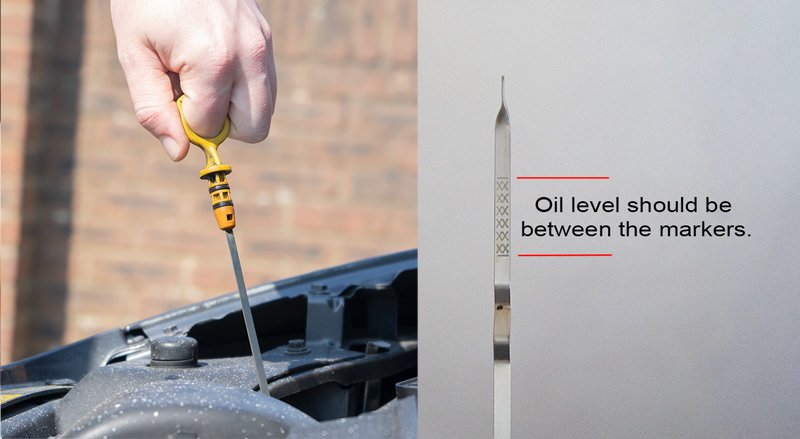
This is an important one and something that should be checked regularly. Oil lubricates the internal components of the engine which reduces friction between parts and is vital in both keeping the engine from overheating and reducing unnecessary wear. Without oil a cars engine would have nothing to reduce friction and could destroy itself in a matter of seconds. We don't want that!
How to check & top up your oil level:
- With the car parked on flat ground locate the dipstick, keeping the car on flat ground ensures an accurate reading.
- Remove the dipstick and clean it with a clean cloth.
- Put the dipstick back in and remove once more checking the indicator at the bottom, the level should be between the minimum and maximum markers.
If the oil is at an acceptable level, your job is done. Good work solider. If not there's a few more steps to take.
- Locate and remove the oil cap on the top of your engine (usually marked with the word OIL and an oil jug picture)
- Pour the correct oil into the car (Your user manual or an online search will tell you the correct oil to use)
- Replace the oil cap and repeat steps 1 to 3 to make sure the oil level is correct
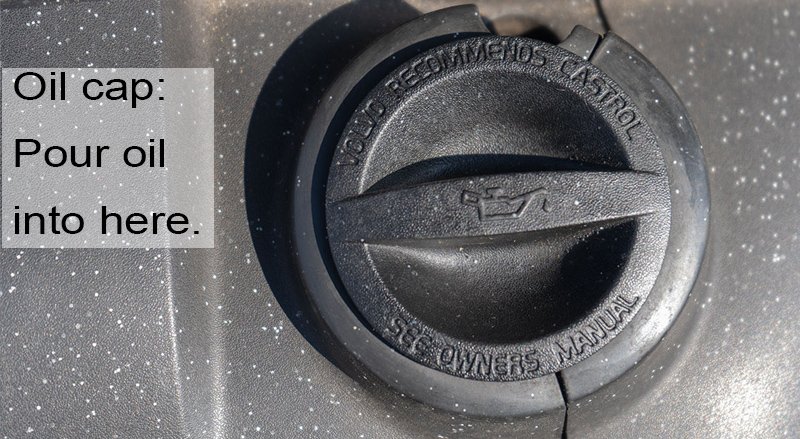
How much oil should I use?
There's typically a litre between the top and bottom markers on the dipstick so replace the oil accordingly - if its at the minimum or below you'll want to put a litre of oil in, if its half way between the top and bottom markers you'll want about half a litre.
How do I know if it need changing?
Most cars will require an oil change every 6 months or every 5000 - 7500 miles but this will vary from car to car so check your service schedule. Over time oil picks up grit and loses its effectiveness, If your oil is black and feels rough/gritty then its time to book your vehicle in for servicing.
Car service tip 2: Check your fluid levels
Whilst you've got your hands dirty, its a good idea to check the other fluid levels that contribute to your cars operation. This too is fairly simple to do and won't take any longer than 5 minutes for the most part. A quick once over now could save you a lot of time in the future.
Windscreen wash:
Lets start with the easy stuff. Washer fluid won't effect how your vehicle performs but it will make life easier when you need to clean your windscreen in a hurry. To change this fluid simply locate the windscreen washer bottle, lift the cap and fill to just below the top with screen wash (water will do if you're desperate). that's it, you're done.
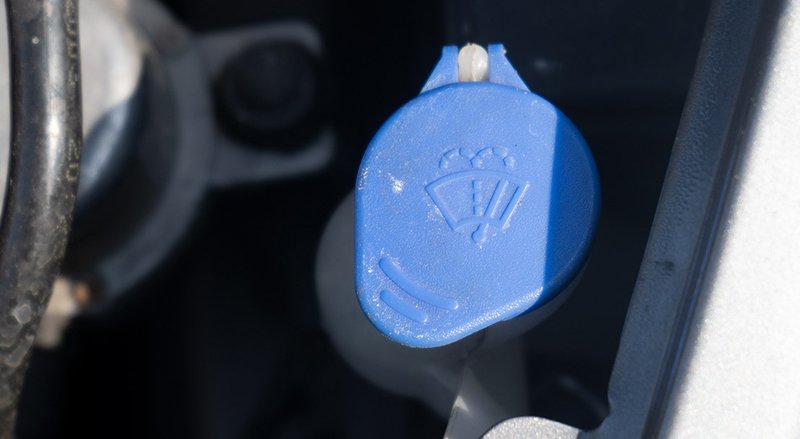
Coolant:
Coolant is vital in keeping your engine temperature at an acceptable level and preventing your engine from overheating - this is especially important in the hot summer months when cars are more prone to overheating. The coolant expansion tank should be easily visible and is normally a see through bottle with min and max markers, make sure the coolant level is comfortably between these markers by removing the cap and filling as necessary with the correct coolant for your car.
Some vehicles won't have an expansion tank and in this case you will need to take the cap off the radiator and check the levels from there, make sure its filled to the top. Leave the cap off for 2 to 3 minutes to allow any air to find its way out of the system before replacing the cap.
Do NOT do this while the engine is hot, the coolant system can become pressurized and spray hot coolant into your face. Leave the engine to cool or do this before starting your vehicle to avoid this happening.
You can find the correct coolant for your vehicle by referring to the owners manual or performing an online search.
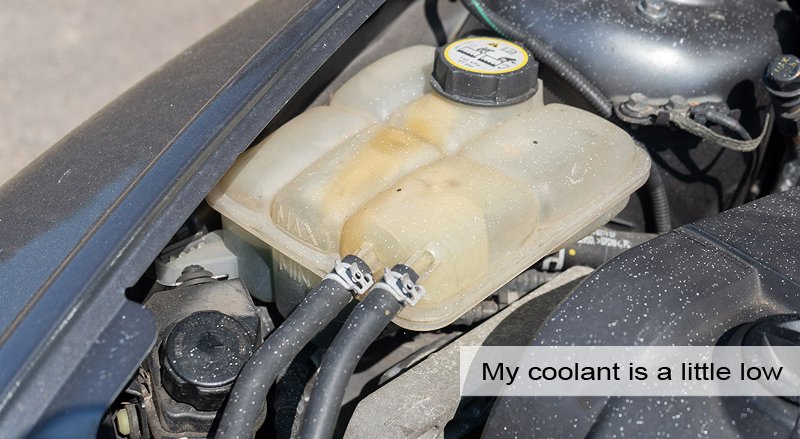
Power steering:
Power steering is one of the great things about modern cars, it's responsible for making them so easy to manoeuvre at low speeds. If you've ever driven an older car without power steering, you'll know just how much of a blessing this advancement is.
Most power steering is hydraulically operated and as such requires fluid in order to maintain effectiveness. Most cars will have a power steering fluid reservoir but some may use a dipstick as an indicator - to fill this simply remove the cap or dipstick and fill to the markers with the correct fluid for your particular vehicle.
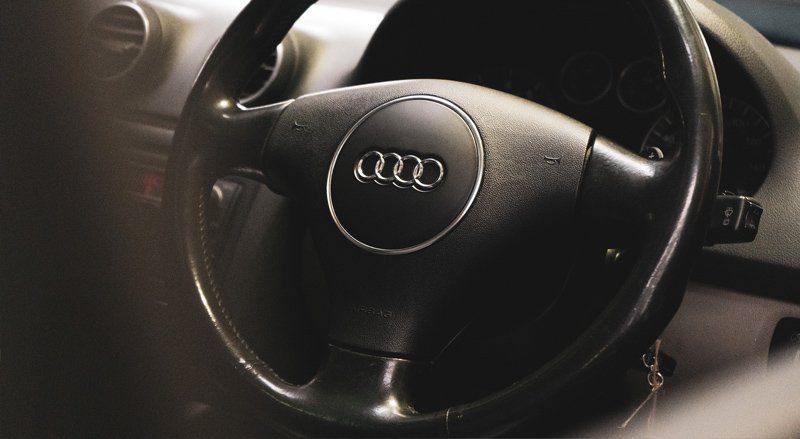
Brake fluid:
Brakes are pretty handy if you're looking to avoid a crash, there's a few components to the brake system but under the bonnet is where you will find the fluid reservoir on most cars. As with power steering, brakes are hydraulic and require fluid to maintain pressure and effectiveness.
To keep your brake fluid topped up and your brakes working at their best you will need to fill the reservoir to the correct level by removing the cap and filling to the markers. Over time this fluid will become less effective and will eventually need a change. You will know your fluid needs to be changed if it appears cloudy or dull - if you can't see through your brake fluid it may be time to contact us for a fluid change.
Again it is important to use the correct fluid for your particular vehicle and you should check before topping up your levels.
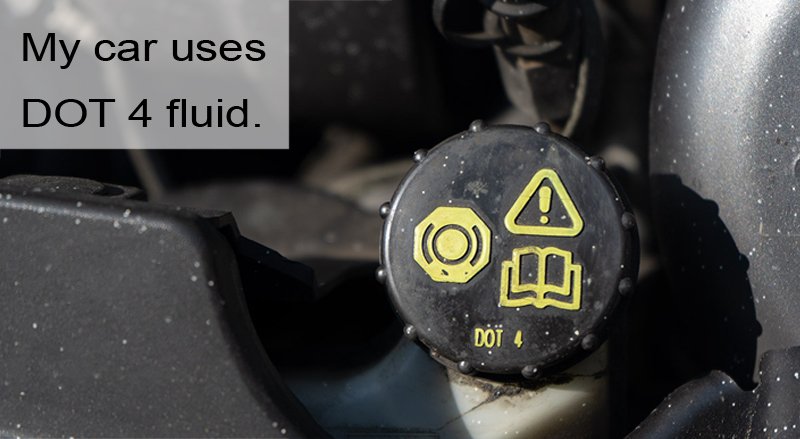
Car service tip 3: Check your tyre health
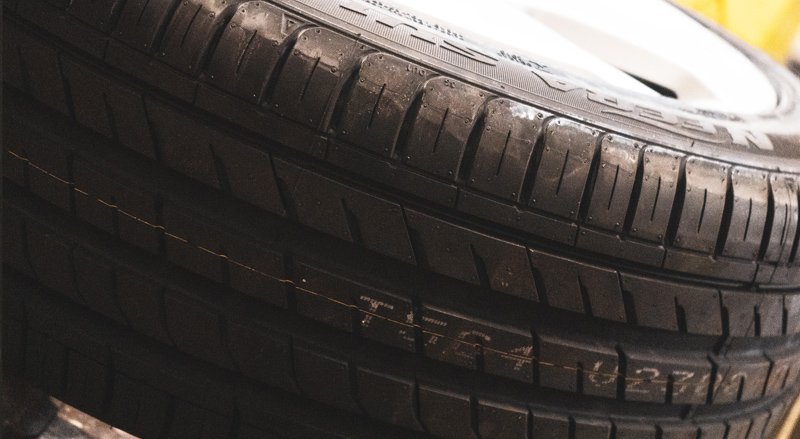
With the fluid levels complete it's time to check the tyres & wheel area.
Tyres are the sole contact point for any vehicle and are arguably the most important part in keeping the car on the road, having a huge impact on how a car drives and performs. There's hundreds of tyres available all with their own pros and cons depending on what your car is used for but they all have to meet minimum standards to be safe and roadworthy.
Tyres are also one of the first things a police officer will check when you've been pulled and for good reason as a bald or damaged tyre is extremely dangerous. To avoid MOT failures, crashes or points on your license there's a few basic checks to make. regular home car maintenance not only keeps you on the road but out of trouble too!
Tyre tread depth:
Tyre treads primary function is keeping your car connected with the road, the grooves you see on a tyres surface serve to displace debris, grit and most importantly water as you roll over them. With bald or severely worn tyres you lose effectiveness and increase your risk of losing control of the vehicle, tyres below 3mm in depth see a serious reduction in effectiveness and by the time they're bald these tyres are lethal.
The minimum legal tread depth is just 1.6mm, luckily its quick and easy to check your tyres tread depth.
If you have a tyre tread gauge:
- Place the needle inside the tyre tread at the lowest point
- Push the gauge down and check the reading
- Repeat a few times at different locations around each tyre.
If you have a 20p piece (really!)
- Place the 20p piece inside the tyre tread
- Check the tread is above the border on the coins face
- If you can see the coins border is above the tread, you need new tyres. Immediately.
- Repeat in a few different locations around each tyre.
Although the legal limit is 1.6mm, anything below 3mm should be changed in an ideal world. Past this point your tyres rapidly lose their ability to grip and perform effectively.
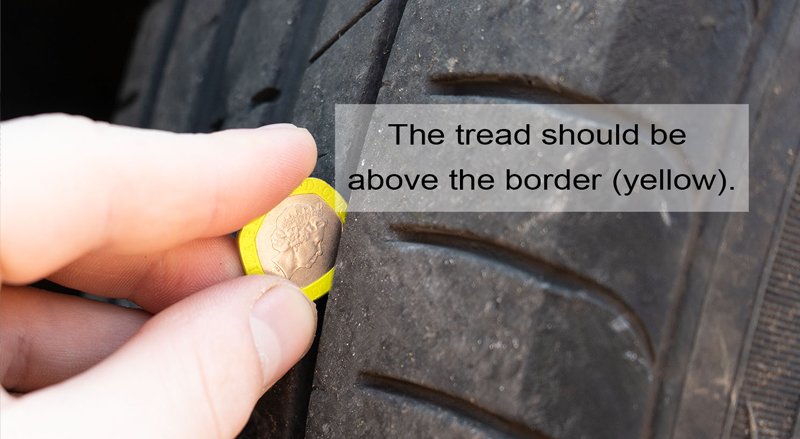
Looking for other defects:
While you're checking the tread depth its also good practice to check for any defects, cuts, bulges or other unusual wear around both the surface and the tyre walls. A damaged tyre could in some cases be at risk of a blowout and may need changing.
Checking tyre pressure:
Tyre pressures effect fuel economy, grip levels and among other things determine how a tyre is worn. Incorrect pressures can lead to uneven wear which can drastically reduce the life of a tyre. They are a key part of home car maintenance and should be checked even if the car has been sat for a long time.
- Locate the correct pressures for your vehicle - this can usually be found in the owners manual or on the car itself (mines on the inside of the petrol cap).
- Unscrew the dust cap and screw the pump line onto the exposed thread.
- Pump the tyres to the correct pressure.
- Quickly unscrew the pump line and place the dust cap back onto the valve.
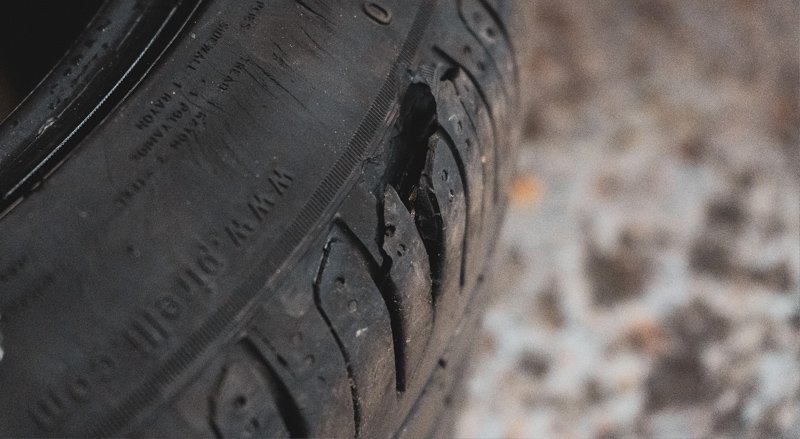
Car service tip 4: Check your lights
Lights are important for two reasons, firstly they let you see where you're going and secondly they indicate your intentions to other road users.
A simple walk around will tell you if any lights need replacing. This is an easier task to carry out with a friend but you can do it solo as well if you don't have any.
With a mate:
- Sit in the car and have someone stand outside.
- Turn on your sidelights, headlights (dipped and full beam) and fog lights and confirm they work.
- Turn on your left and right indicator and confirm they work.
- If you're feeling mean go ahead and blast the horn for a laugh. It never gets old.
- Have your helper go to the back of the vehicle
- Turn on headlights again to check the rear lights work
- Put your foot on the brakes to confirm your brake lights work.
- Confirm your rear indicators and fog lights (if you have them) work.
- Pop the car into reverse and confirm the light comes on.
Going solo:
- Turn the side lights, headlights and fog lights on individually and check each of them work.
- Leave your lights on and hit your hazards.
- Go for a lap of your car making sure all indicators work and the rear lights are on.
- Brake & reverse lights can be tricky alone.
- If you can, reverse close to a wall - press the brake pedal and see if the wall lights up.
- Do the same with the reverse gear (but hold the clutch DOWN!)
- If you can't do this simply put your phone behind the car and record as you test.
So there's our handy guide to home car maintenance, we hope this helps at least some of you keep your cars safe and on the road.
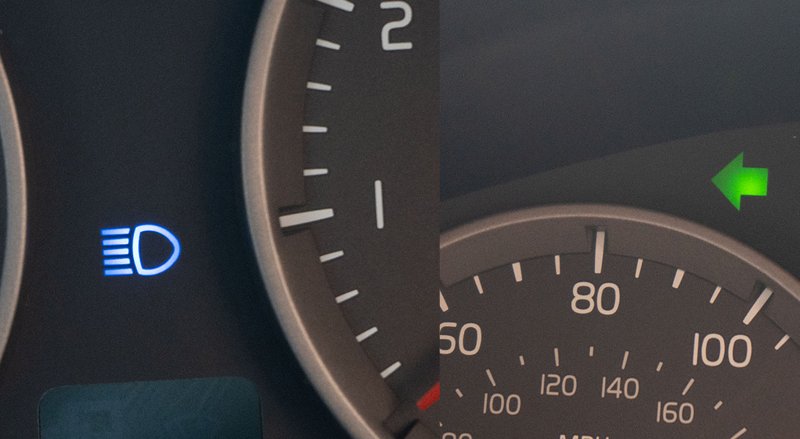
Still stuck?
Our services include all of these car maintenance checks as standard as well as a whole range of other checks and a thorough inspection.
click HERE to schedule yours.





 Spidersnet
Spidersnet